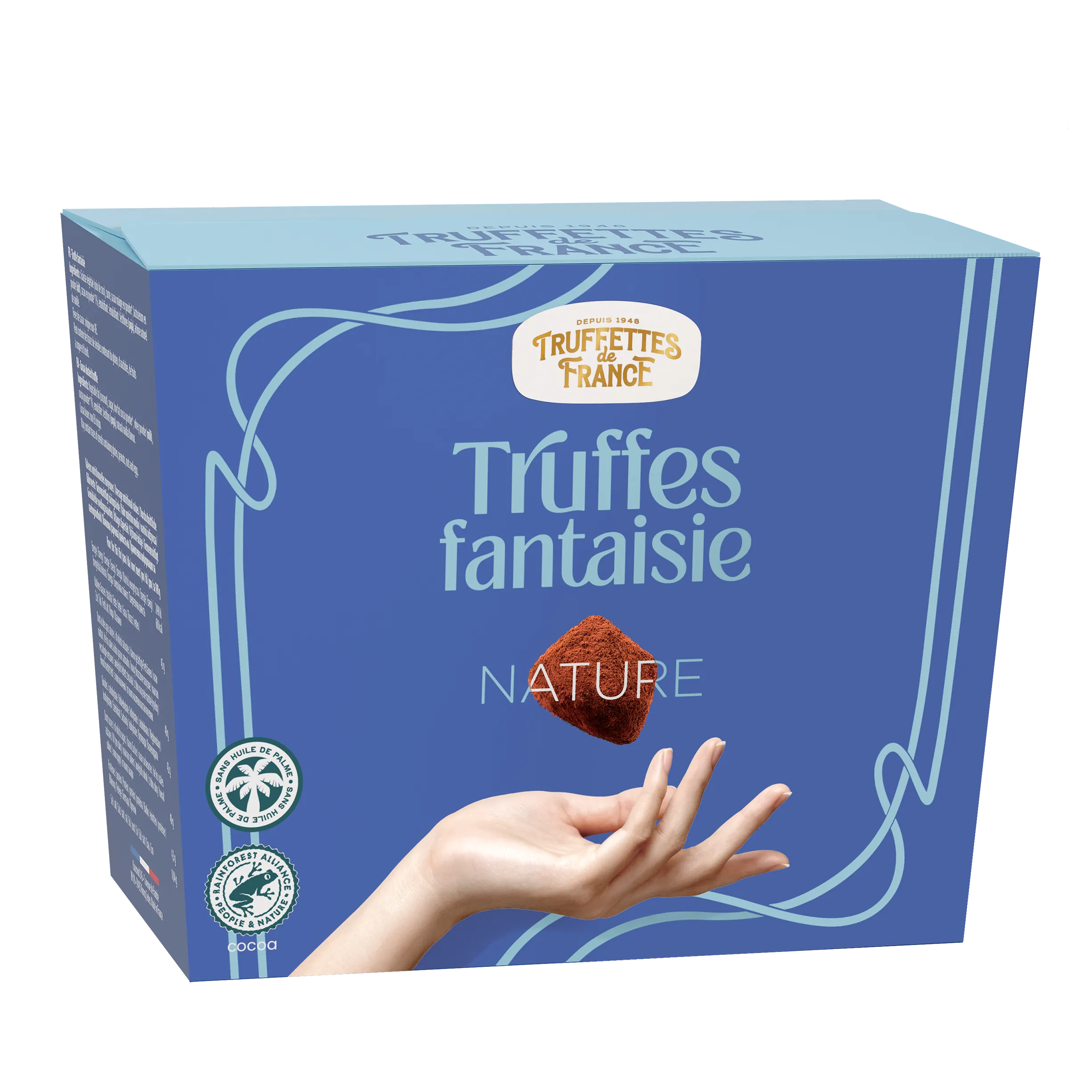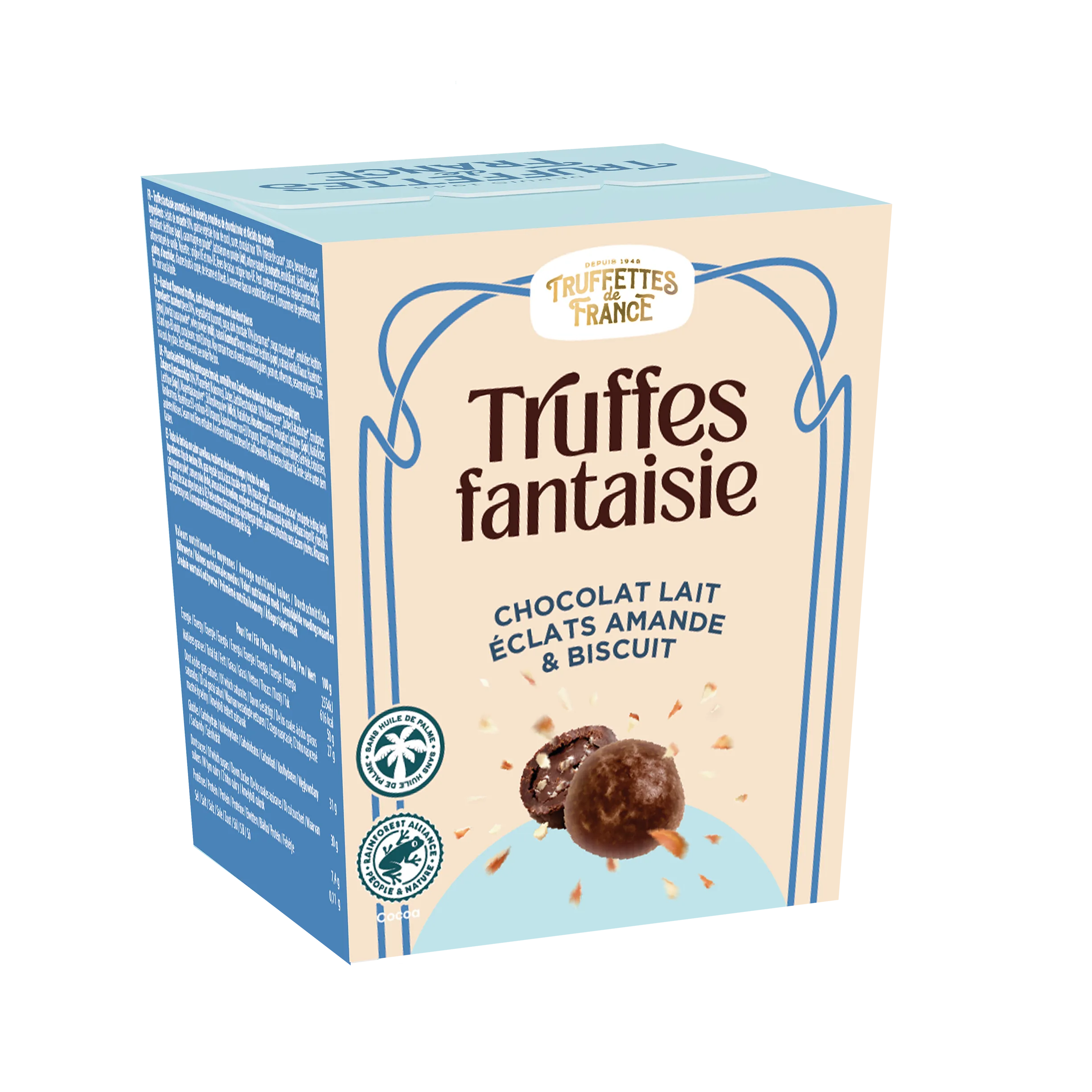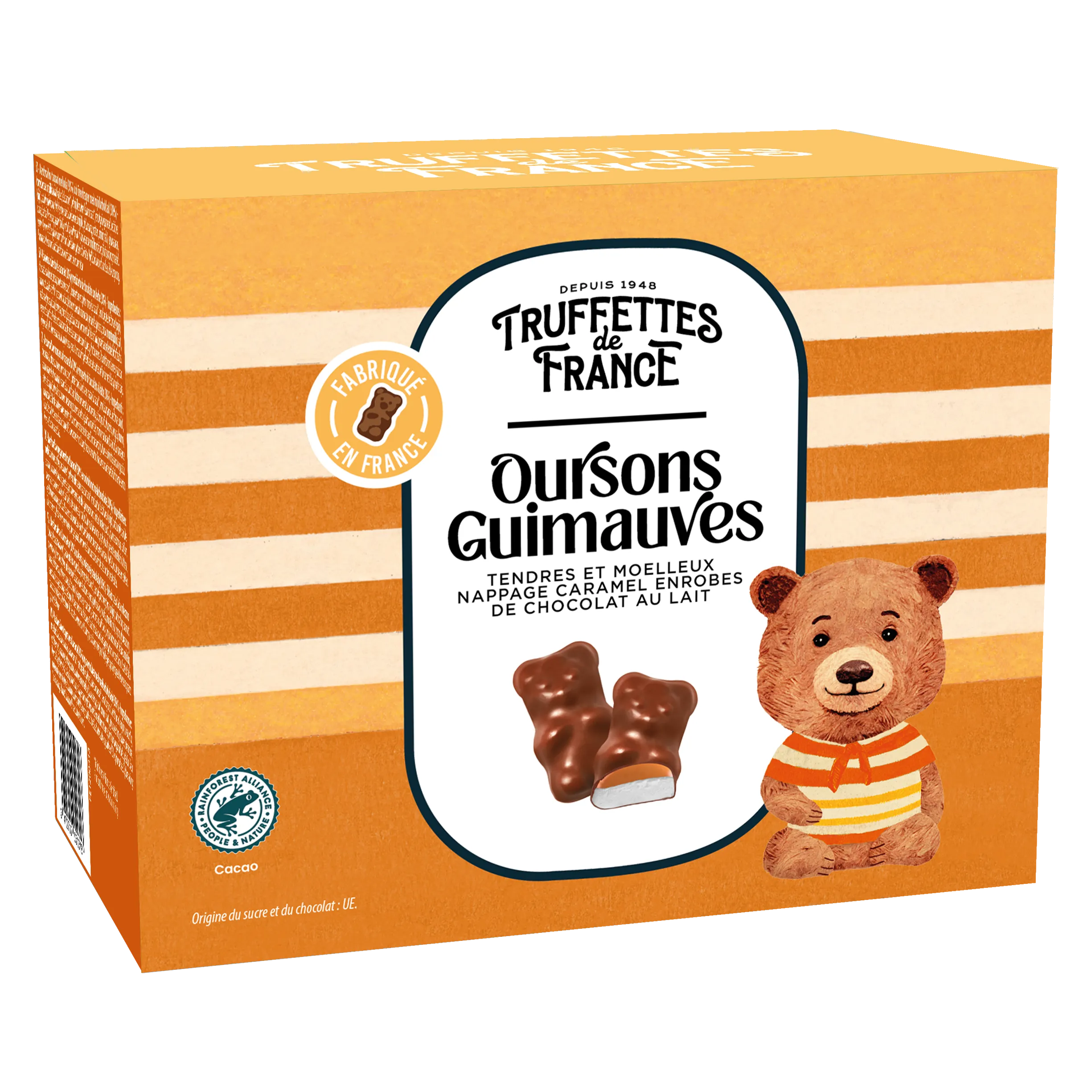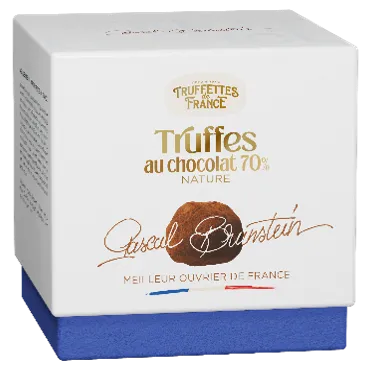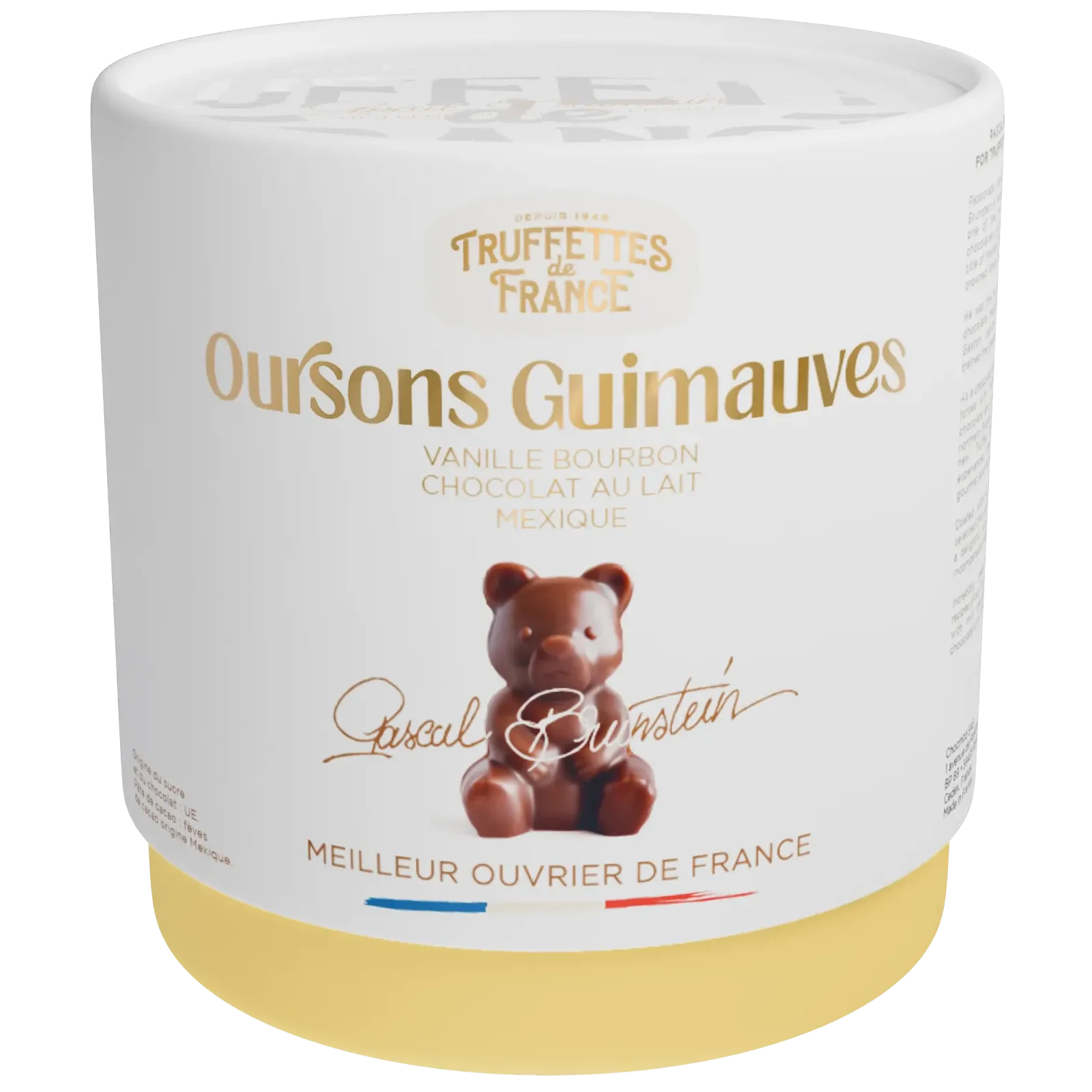Definition : Conchage
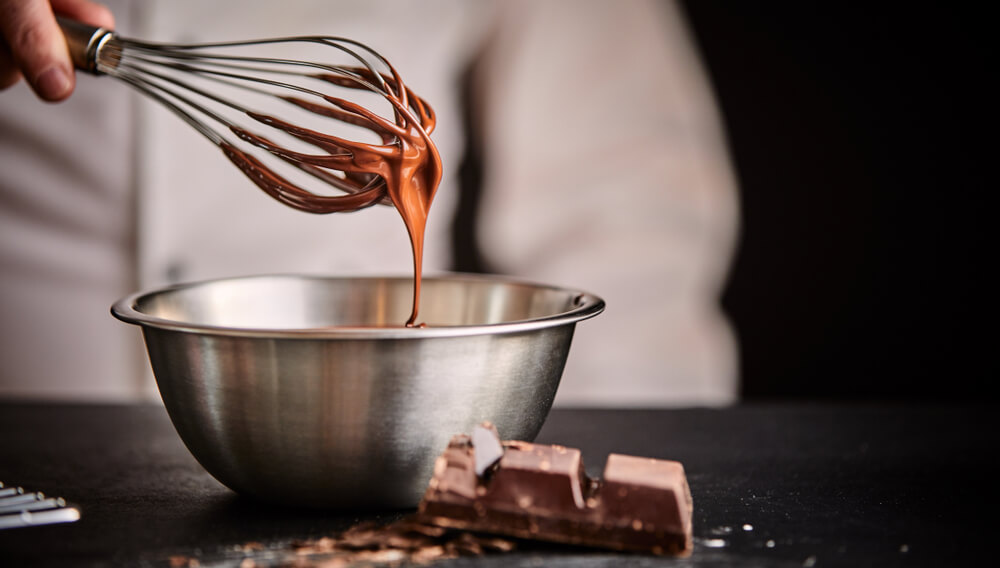
Conching is one of the key stages in chocolate production. This method, also known as brewing, produces a fine, smooth product. So, what exactly is this process and how does it contribute to the quality of our favorite chocolate? Let's take a look at this age-old technique, which contributes greatly to the gustatory pleasure of these cocoa-flavored delights.
Definition of conching
Conching is a mechanical process used to refine chocolate. Invented in 1879 by Rudolphe Lindt, the process takes its name from the shell shape (concha, in Spanish) of the first mold used to carry out this refining process. This is a crucial stage, following that of grinding the raw materials to obtain a liquid paste: cocoa mass.
The role of conching in chocolate quality
The main function of this technique is to modify the molecular structure and physical and sensory properties of the cocoa mass. Through various concerted actions, it enables :
- reduce particle size;
- to transform sugar crystals and refine their granulometry;
- eliminate any free fatty acids responsible for bitter and pungent aromas;
- allow cocoa and cocoa butter to bond for a more homogenous texture.
Conching affects several aspects of the final product:
- The taste is finer, less bitter and sufficiently sweet. The result is a chocolate with a pleasant palate and a smooth, melting feel.
- Olfactory: the fragrance is more harmonious and the aromatic notes are enhanced.
- In terms of structure: the texture is smoother and more homogeneous.
- Mechanically: brewing gives the chocolate better hold and shine. die The principle behind this technique is based on the transformation of the mechanical and organoleptic properties of the cocoa mass to produce superior quality chocolate.
The different conching methods
There are several ways to conch chocolate, each of which has a different impact on the quality of the resulting product. Here are the main ones:
Dry conching (or long conching)
This method involves refining the paste for several hours, or even days, at room temperature or slightly heated. This allows the solid particles (cocoa and sugar) to move slowly but surely into the liquid paste, while the fatty acids are gradually evacuated. This process therefore requires more time and energy to obtain a fine chocolate.
Wet conching (or short conching)
Here, water is added to the cocoa mass during the mechanical process, reducing the time required for processing. The friction generated by this technique breaks up the solid particles and accelerates their displacement in the paste, while rapidly eliminating the fatty acids. This method is faster than the previous one, but some believe that it does not offer the same sensory quality of the final product.
Cold drying
This approach is based on low-temperature brewing, without the addition of water or additional heating. The aim is to avoid oxidation, while preserving the original aromas and richness of the ingredients. The quantities of sugar and fat are also adjusted in this method to guarantee a homogeneous, melt-in-the-mouth texture to the chocolate.

